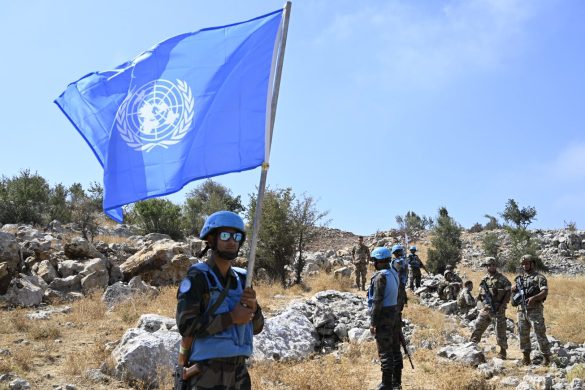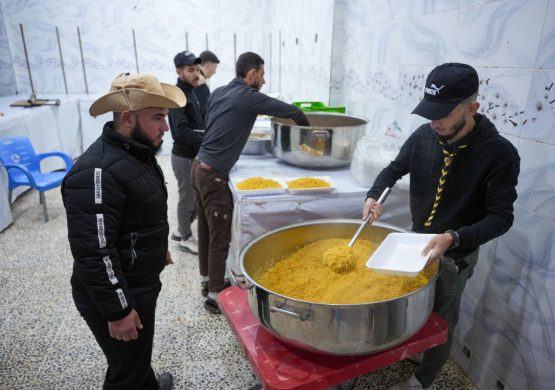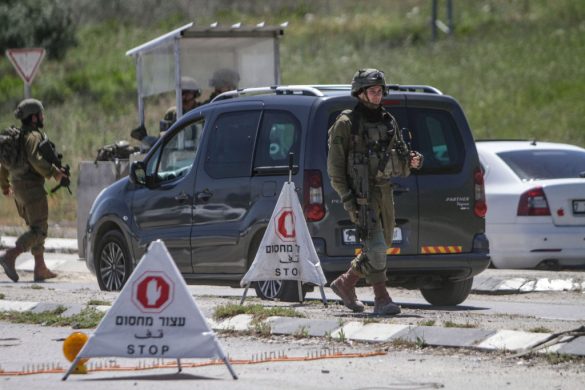De arabiske oprør og krigen i Syrien har skabt splittelse og nye alliance i Mellemøsten, skriver DIIS i ny raport. Regionen har ikke været så ustabil og konfliktfyldt siden begyndelsen af 1960’erne, konkluderer rapporten.
The Middle East regional security order is under rapid transformation.
The Arab Uprisings and the Syrian War are changing not only the relationship between state and societies, but also some of the region’s core norms and historical divisions.
This report (Ambiguous Endings: Middle East regional security in the wake of the Arab uprisings and the Syrian civil war, red.) analyses key changes in regional security order the Middle East in the period after 2010.
It identifies five key issues where regional order is changing:
State-society relations
Relations with the West and foreign policy posturing
The impact of the Iran-Syria –Hezbollah Axis (the Resistance Front) and radical-moderate divide
The Sunni-Shia rift and the rise of identity politics
The Saudi-Qatar rivaling, and the role of the Muslim Brotherhood
The report concludes that the Middle East security order has not been as unstable and conflict-ridden since the 1950s-early 60s, where revolutionary ideologies, interventionism and wars equally were marking the region.
To the extent that the Syrian war is allowed to carry on, this will continue to damage many of the positive developments originally unleashed by the Arab Uprisings and more robust and unified Western action may therefore called for.














